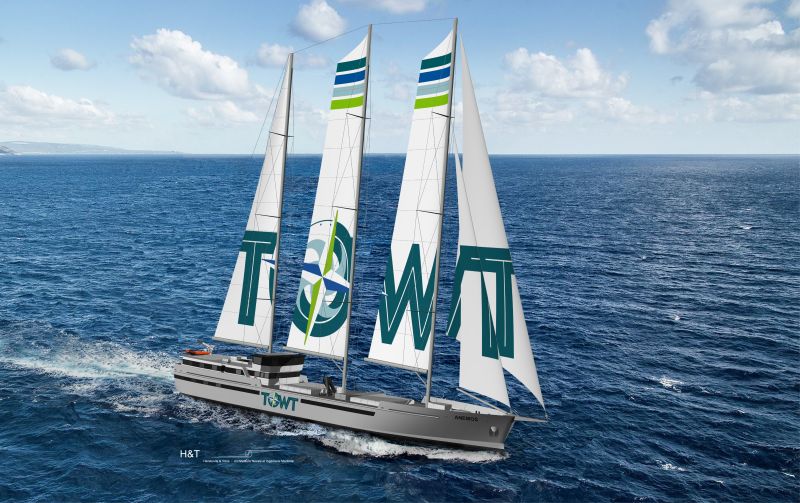Innovative Wind Propulsion Technologies in Shipping
Shipping is one of the major contributors to global emissions. If left unchecked, it could account for a staggering a fifth of global emissions by 2050. Fortunately, modern wind propulsion technologies offer promising solutions for decarbonizing the industry.
Wind Technology Innovations
Kite Technology
One of the significant innovations in wind propulsion is kite technology. German company SkySails has tested its kite technology and discovered that it can save an average of 10 to 15% in fuel annually. The advantage of this technology is that it occupies minimal deck space, which is crucial for container ships; however, the launch and recovery process can be complicated.

Inflatable Sails
Tire manufacturer Michelin has developed giant inflatable sails that can be seamlessly fitted to existing cargo ships. These sails can inflate or deflate at the push of a button, facilitating easy navigation in narrow spaces, such as entering a harbor or passing under a bridge. This innovation showcases the potential for fuel consumption reduction by up to 20%.

Rigid Sails
In another innovative approach, UK-based BAR Technologies has designed 150-foot-tall rigid sails to be retrofitted onto cargo ships. This new technology is expected to enhance fuel efficiency by more than 25%, marking a significant step towards sustainable shipping.

Advanced Wind Power Solutions
Moreover, French company TransOceanic Wind Transport (TOWT) is set to launch its first fleet of industrial-scale cargo ships that rely nearly entirely on wind power. These vessels will carry various goods, all while equipped with smart tracking systems, allowing clients to monitor shipments and their associated carbon emission savings.

Conclusion
The emergence of wind propulsion technologies represents a profound opportunity for the shipping industry to reduce its carbon footprint. By adopting these cutting-edge innovations like kite technology, inflatable sails, and rigid sails, shipping can move towards a more sustainable future.




